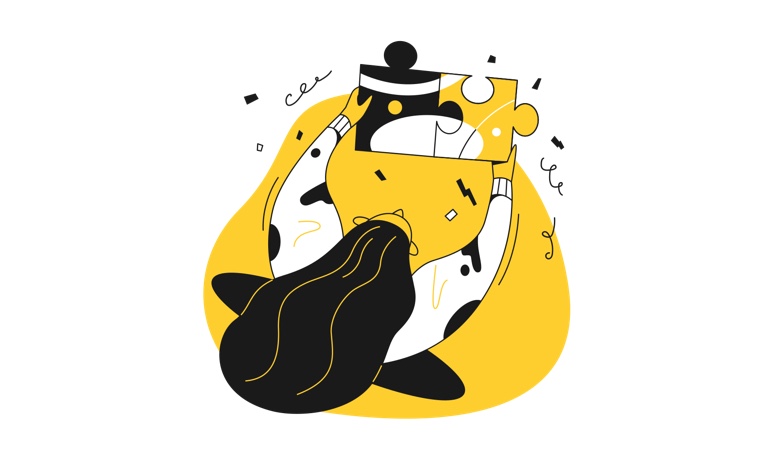User experience (UX) is often treated as a finishing touch — a polish added at the end of a project. But in reality, it’s a strategic business layer. Poor UX doesn’t just irritate users. It silently erodes profits, increases operating costs, and weakens brand trust. And the worst part? You might not even notice until it’s too late.
1. Friction leads to abandonment
Every extra click, every unclear label, every second of hesitation causes friction. And with friction comes abandonment. A user confused by navigation or distracted by cluttered design is likely to leave — and not return. That’s a wasted visit, a lost sale, and possibly a lost referral.
Studies show that nearly 9 out of 10 users won’t return after a poor experience. This bounce doesn’t just hurt conversion rates — it impacts your entire acquisition strategy. What’s the cost of one missed opportunity? Multiply it by hundreds or thousands, and you’ll get the picture.
2. Bad UX drives up support costs
When interfaces aren’t intuitive, people ask for help. And when they do, your support team absorbs the cost. Every minute spent explaining basic functions or solving navigation issues is a minute lost from building value.
Support requests rooted in poor design are a sign of a deeper problem — and they’re expensive. Instead of scaling efficiently, your operations are dragged down by recurring usability issues that could’ve been resolved during the design phase.
3. Redesigns are expensive
Many products skip UX in the rush to launch. The result? A flood of negative feedback, low adoption, and a roadmap filled with expensive reworks. Redesigning after launch is not only more costly — it’s more painful. By that point, technical debt, brand impact, and internal fatigue have already taken hold.
It’s always cheaper to prevent than to fix. Investing early in research, prototyping, and usability testing significantly reduces long-term development costs.
4. Poor UX damages credibility
Trust is the currency of digital interaction. When a product feels clumsy or outdated, users begin to question the quality of the service behind it. Are my data safe? Can I trust this platform with my payment information? These doubts are often silent — but they’re powerful.
Great UX builds confidence. It sends a message: “We know what we’re doing.” Conversely, bad UX triggers skepticism, especially when dealing with personal data or financial transactions.
5. Security can suffer too
Surprisingly, bad UX can even introduce security risks. When users are confused or unsure about how to interact with your system, they’re more likely to make mistakes — such as using weak passwords, clicking the wrong buttons, or skipping critical steps.
That’s why reliable infrastructure and secure hosting are foundational. Tools like offshore DDoS protection — available via discreet services such as Koddos — offer additional layers of resilience. It’s a reminder that UX isn’t just about delighting users. It’s about protecting them, too.
Conclusion
UX is not decoration — it’s strategy. It affects how users behave, how they feel, and whether they come back. Businesses that underestimate its value often find themselves spending more, fixing more, and growing less.
If you want to reduce churn, lower support costs, and build meaningful trust, prioritize UX early. It’s the one investment that always pays for itself — and then some.

